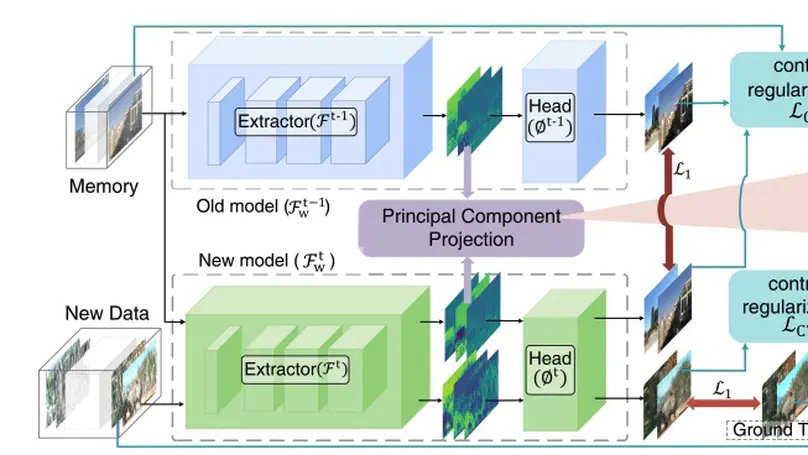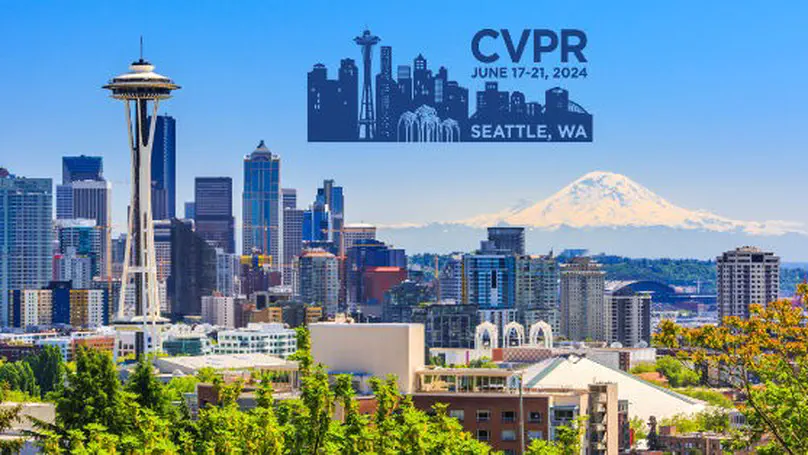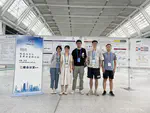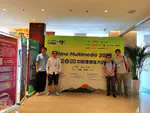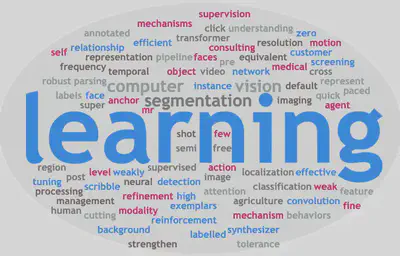Vision & Intelligence Group
We are an academic research group focusing on Artificial Intelligence for Brain-inspired Visual Learning, Unmanned System and Medical Science.
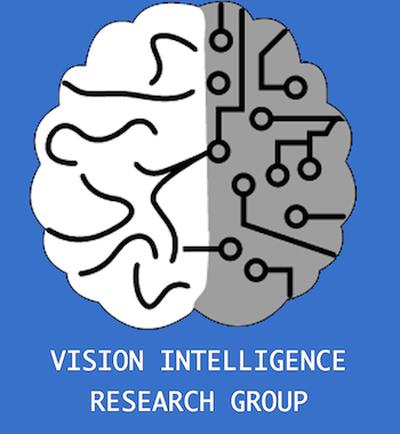
Projects
Pathways to AI impact
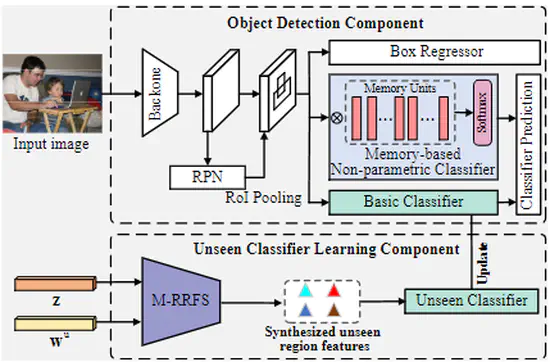
A Memory-based Robust region feature synthesizer for zero-shot object detection
This repository is the official implementation of “A Memory-based Robust region feature synthesizer for zero-shot object detection.”
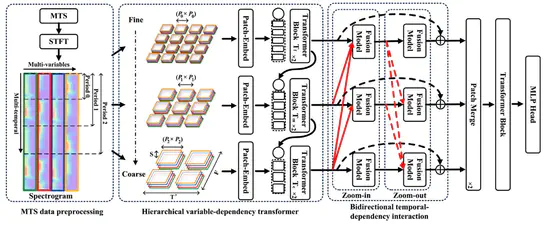
Contextual Dependency Vision Transformer for spectrogram-based multivariate time series analysis
This repository is the official implementation of Contextual Dependency Vision Transformer for spectrogram-based multivariate time series analysis.
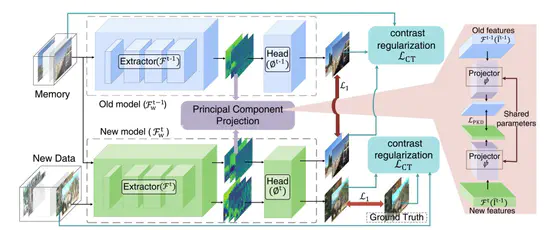
Continual All-in-One Adverse Weather Removal With Knowledge Replay on a Unified Network Structure
This repository is the official implementation of Continual All-in-One Adverse Weather Removal With Knowledge Replay on a Unified Network Structure.
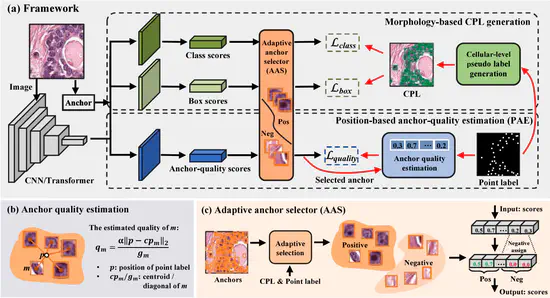
Position-based anchor optimization for point supervised dense nuclei detection
This repository is the official implementation of Position-based anchor optimization for point supervised dense nuclei detection.
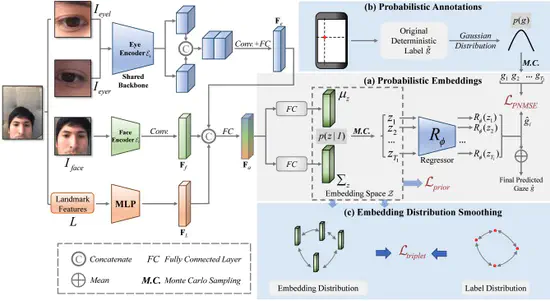
Uncertainty Modeling for Gaze Estimation
This repository is the official implementation of Uncertainty Modeling for Gaze Estimation
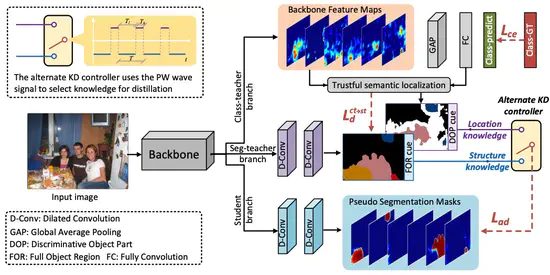
Weakly Supervised Semantic Segmentation via Alternate Self-Dual Teaching
This repository is the official implementation of Weakly Supervised Semantic Segmentation via Alternate Self-Dual Teaching
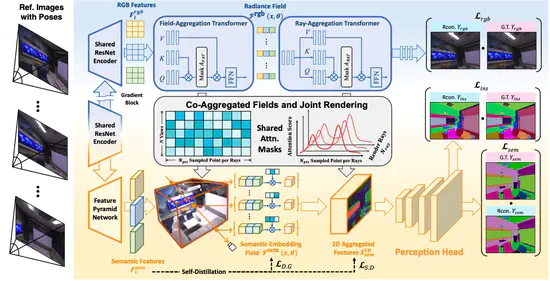
GP-NeRF: Generalized Perception NeRF for Context-Aware 3D Scene Understanding
This repository is the official implementation of “GP-NeRF Generalized Perception NeRF for Context-Aware 3D Scene Understanding.”
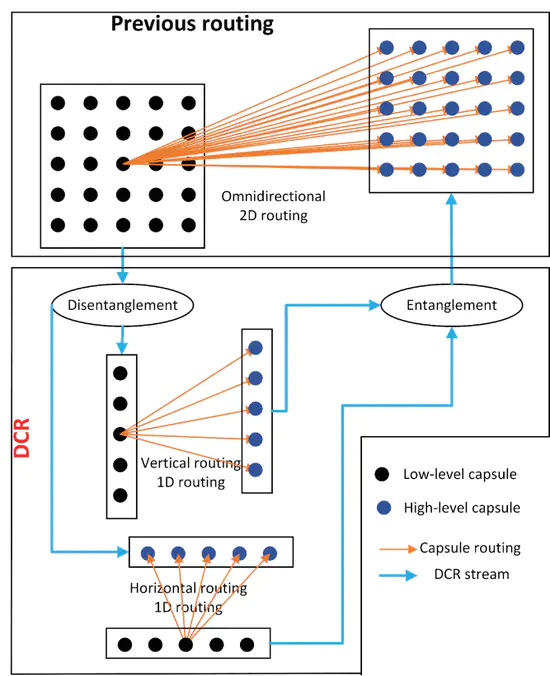
Disentangled Capsule Routing for Fast Part-Object Relational Saliency
Recently, the Part-Object Relational (POR) saliency underpinned by the Capsule Network (CapsNet) has been demonstrated to be an effective modeling mechanism to improve the saliency detection accuracy. However, it is widely known that the current capsule routing operations have huge computational complexity, which seriously limited the usability of the POR saliency models in real-time applications.
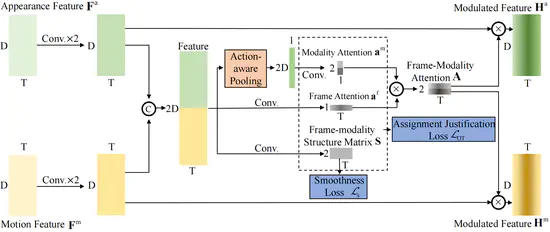
Structured Attention Composition for Temporal Action Localization
This repository is the official implementation of SAC. In this work, we tackle the temporal action localization task from the perspective of modality, and precisely assign frame-modality attention. Paper from arXiv or IEEE.
Salient Object Detection via Integrity Learning
To facilitate integrity learning for SOD, we design a novel Integrity Cognition Network (ICON), which explores three important components to learn strong integrity features.
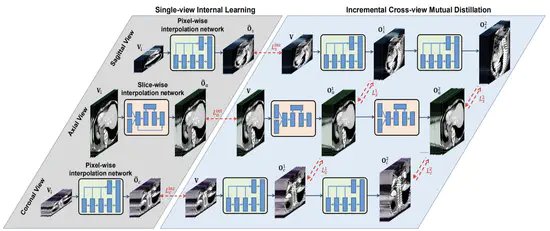
Incremental Cross-view Mutual Distillation for Self-supervised Medical CT Synthesis
This paper aims at building a medical slice synthesis model to increase the inter-slice resolution of an input 3D volume.
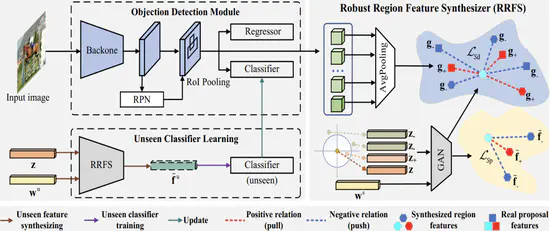
Robust Region Feature Synthesizer for Zero-Shot Object Detection
We design a unified region feature synthesizer for feature synthesizing in real-world detection scenarios.
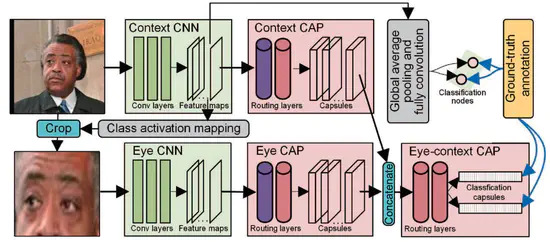
Onfocus Detection:Identifying Individual-Camera Eye Contact from Unconstrained Images
This repository is the official implementation of Onfocus Detection:Identifying Individual-Camera Eye Contact from Unconstrained Images.

Learning Self-Supervised Low-Rank Network for Single-Stage Weakly and Semi-Supervised Semantic Segmentation
This is the official implementation of Learning Self-Supervised Low-Rank Network for Single-Stage Weakly and Semi-Supervised Semantic Segmentation, arXiv, IJCV 2022.
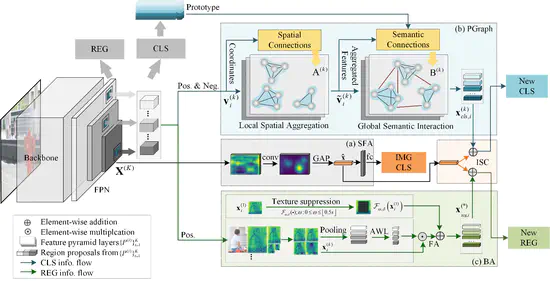
HTD:Heterogeneous Task Decoupling for Two-stage Object Detection
Decoupling the sibling head has recently shown great potential in relieving the inherent task-misalignment problem in two-stage object detectors. However, existing works design similar structures for the classification and regression, ignoring task-specific characteristics and feature demands.
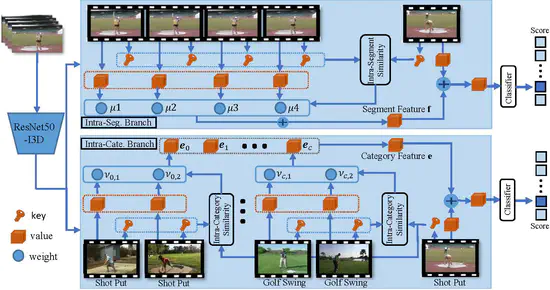
Colar:Effective and Efficient Online Action Detection by Consulting Exemplars
This repository is the official implementation of Colar. In this work, we study the online action detection and develop an effective and efficient exemplar-consultation mechanism. Paper from arXiv.
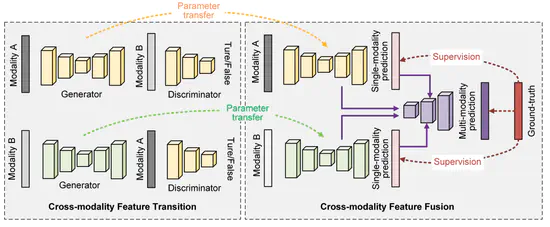
Cross-Modality Deep Feature Learning for Brain Tumor Segmentation
This is an implementation of the paper Cross-Modality Deep Feature Learning for Brain Tumor Segmentation published on Pattern Recognition. The “2m_re1” program is for BraTS 2018.
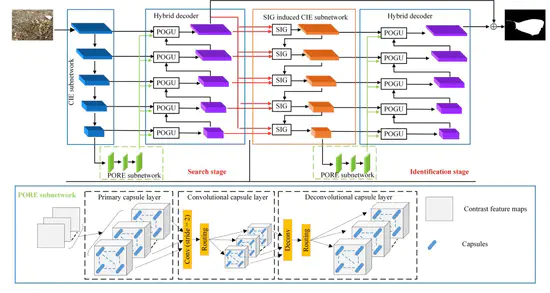
Integrating Part-Object Relationship and Contrast for Camouflaged Object Detection
Object detectors that solely rely on image contrast are struggling to detect camouflaged objects in images because of the high similarity between camouflaged objects and their surroundings. To address this issue, in this paper, we investigate the role of the part-object relationship for camouflaged object detection.
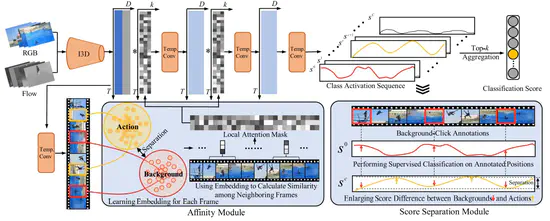
Background-click supervision for temporal action localization
Weakly supervised temporal action localization aims at learning the instance-level action pattern from the video-level labels, where a challenge is action-context confusion.
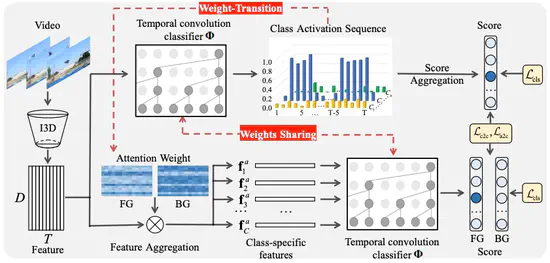
Equivalent Classification Mapping for Weakly Supervised Temporal Action Localization
Weakly supervised temporal action localization is a newly emerging yet widely studied topic in recent years. The existing methods can be categorized into two localization-by-classification pipelines, i.e., the pre-classification pipeline and the post-classification pipeline.

Exploring Task Structure for Brain Tumor Segmentation From Multi-Modality MR Images
This is an implementation of the paper Exploring Task Structure for Brain Tumor Segmentation From Multi-Modality MR Images published on IEEE Transaction on Image Processing.
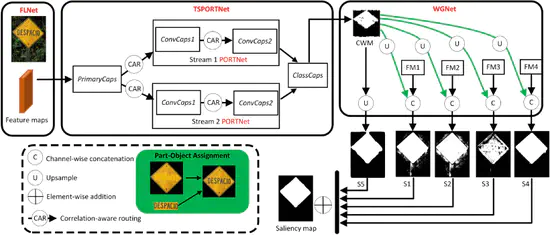
Part-Object Relational Visual Saliency
Recent years have witnessed a big leap in automatic visual saliency detection attributed to advances in deep learning, especially Convolutional Neural Networks (CNNs). However, inferring the saliency of each image part separately, as was adopted by most CNNs methods, inevitably leads to an incomplete segmentation of the salient object.
Latest News
What we’re up to…
Recent Events
Share and Collaborate …

